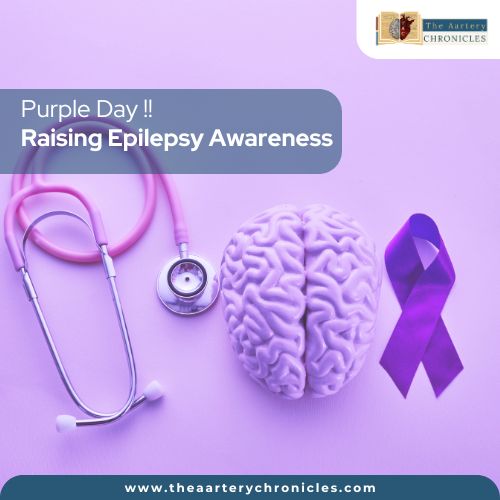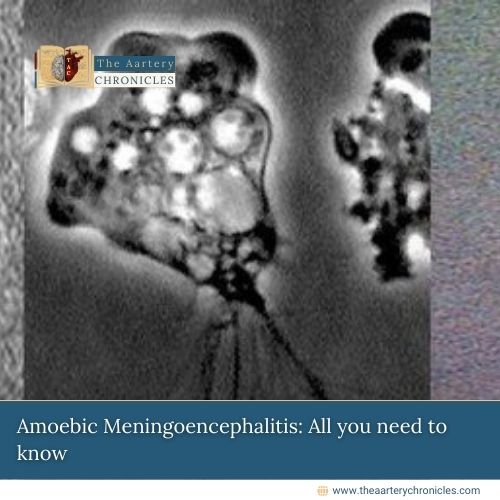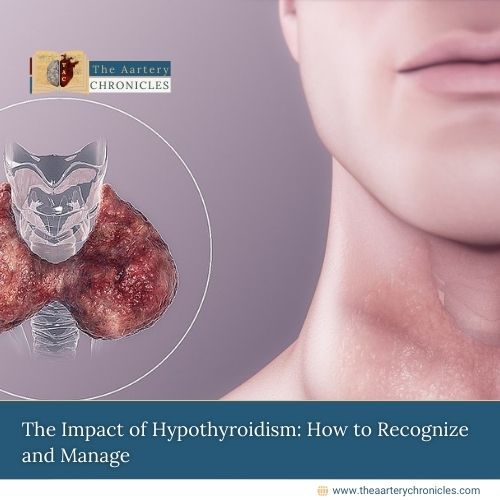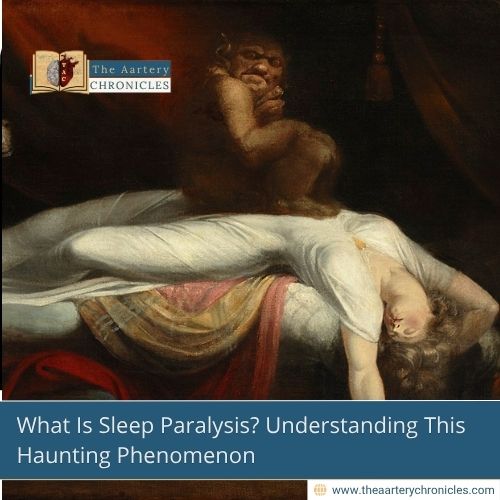
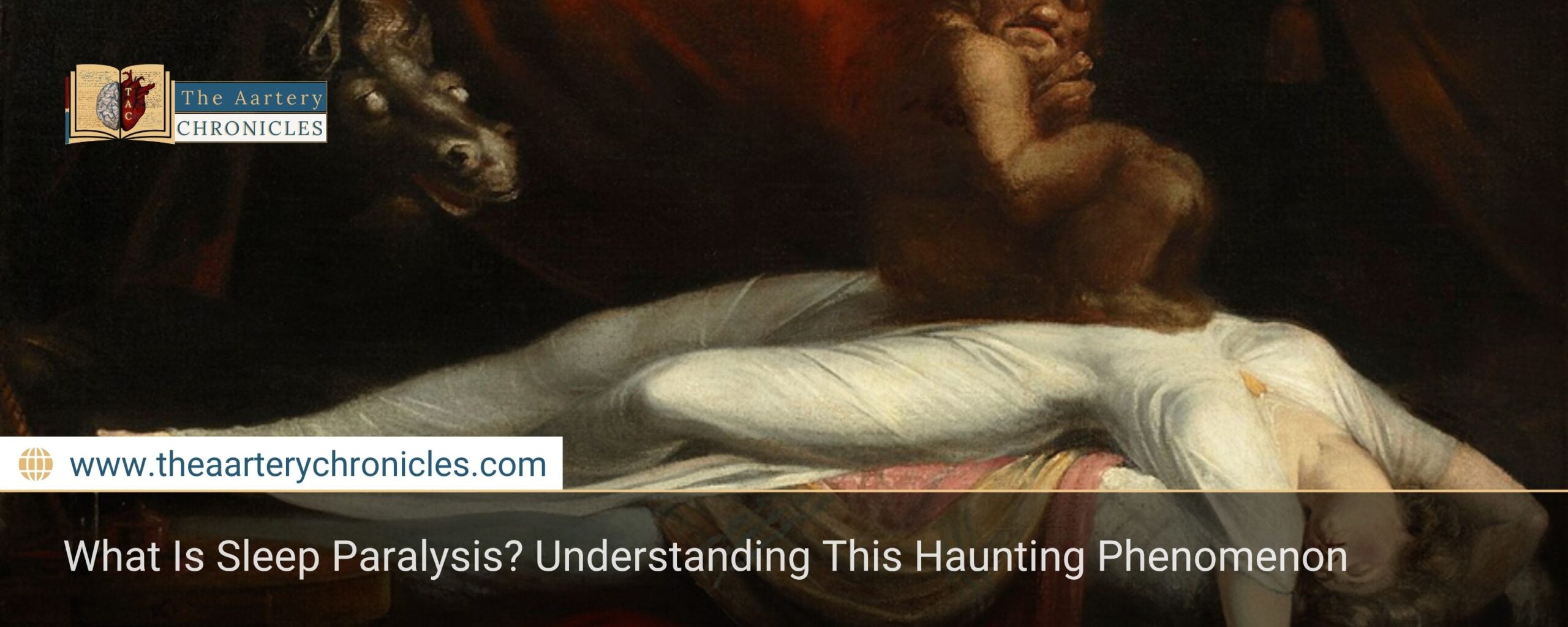
What Is Sleep Paralysis? Understanding This Haunting Phenomenon
Introduction
It feels like something out of a nightmare. You’re lying in bed, awake but frozen. Out of the corner of your eye, a shadowy figure emerges, motionless at first, then slowly creeping toward you. Panic sets in—you try to scream or move, but your body refuses to respond. You’re completely paralyzed, helpless as the figure draws nearer.
And then, just as suddenly, it’s gone. You can move again. The room is silent, empty. Nothing is there. You’ve just gone through an episode of sleep paralysis.
In this article, we will explore the science behind sleep paralysis, its causes, its connection to other sleep disorders, and effective ways to manage it.
What is Sleep Paralysis?
Sleep paralysis is a type of parasomnia (sleep disorder) in which a person is temporarily unable to move or speak while transitioning from sleep to consciousness. This paralysis typically lasts from a few seconds to a couple of minutes and can occur while falling asleep (hypnagogic) or waking up (hypnopompic). During these episodes, individuals are conscious and fully aware of their surroundings but are unable to move or respond, which can be terrifying, especially when accompanied by vivid hallucinations.
The hallucinations experienced during sleep paralysis are often described as seeing shadows, figures, or even feeling a presence in the room. Some people report a sensation of pressure on their chest, as if something or someone is holding them down. These experiences can lead to feelings of fear, dread, and panic and can significantly impact one’s mental well-being if they happen frequently.
The Science Behind Sleep Paralysis
Sleep is a complex process in which the body alternates between two primary stages: Rapid Eye Movement (REM) and Non-Rapid Eye Movement (NREM) sleep. These stages are crucial for overall rest and recovery, and the cycle between them typically lasts around 90 minutes.
NREM Sleep
During this stage, the body relaxes, and it is where most of the restorative processes occur. It’s divided into three sub-stages, ranging from light sleep to deep sleep, with the body progressively slowing down—heart rate, breathing, and muscle activity all decrease.
REM Sleep
On the other hand, REM sleep is a stage marked by high brain activity and rapid eye movement, during which vivid dreams take place. During REM sleep, the brain sends signals to inhibit muscle activity in order to prevent us from acting out our dreams. This is a protective mechanism that ensures we don’t physically move or harm ourselves during the vivid and sometimes bizarre dreams that occur during this phase.
In sleep paralysis, the problem arises when an individual wakes up during REM sleep, but their body stays in the paralysis that naturally occurs during this phase. As the mind becomes conscious, the body remains immobile, causing a disconnect. This misalignment between brain wakefulness and body paralysis creates the eerie sensation of being trapped in one’s body. Additionally, because the brain is still in the REM stage, vivid dreams or hallucinations can be superimposed onto reality, which can create the terrifying experiences associated with sleep paralysis. It’s as if the mind is fully aware, but the body is unable to move or respond, which can be distressing.
Causes of Sleep Paralysis
Sleep paralysis is typically not a medical emergency and is often linked to other factors. Some of the most common causes include:
- Sleep Deprivation: Sleep deprivation can interfere with the natural sleep cycle, making it more likely to experience sleep paralysis. People who work late nights, have irregular sleep schedules, or suffer from insomnia are more prone to this condition.
- Sleep Disorders: Sleep disorders like narcolepsy (a disorder characterized by excessive daytime sleepiness and sudden sleep attacks) and sleep apnea (which causes interrupted breathing during sleep) are linked to sleep paralysis.
- Stress and Anxiety: High levels of stress, anxiety, or even depression can contribute to sleep paralysis episodes. When the mind is overactive, it can interfere with the body’s ability to transition smoothly between different stages of sleep.
- Genetic Factors: Some studies suggest that sleep paralysis may run in families, indicating a potential genetic predisposition.
Symptoms of Sleep Paralysis
Sleep paralysis can manifest in several distinct symptoms, including:
- Inability to move: The person is unable to move their arms, legs, body, or head while either falling asleep or waking up.
- Inability to speak: There is a temporary inability to speak or make any vocal sounds, despite being aware of the surroundings.
- Full awareness: The individual remains fully conscious and aware of what is happening, even though they are unable to move or react.
- Hallucinations: Many experience vivid, often disturbing hallucinations, such as seeing figures, feeling a presence, or hearing noises.
The Role of Hallucinations
One of the most unsettling aspects of sleep paralysis is the hallucinations that accompany it. These can range from visual distortions, such as shadows or figures, to auditory or tactile hallucinations, such as hearing footsteps, knocking, actual voices, or feeling pressure on the chest. These hallucinations are thought to occur because the brain, still in a dream-like state, is blending the experiences of wakefulness with those of REM sleep. The resulting images or sensations are often perceived as real, adding to the distress of the experience.
Many cultures have their own interpretations of sleep paralysis, with some describing it as the work of supernatural beings or demons. For example, in various parts of the world, sleep paralysis is referred to as the “old hag” syndrome, where individuals feel the weight of an oppressive force on their chest, often visualized as a witch or malevolent spirits.
Treatment for Sleep Paralysis
There are several treatment options for those who experience frequent sleep paralysis episodes. Cognitive Behavioral Therapy (CBT) can help individuals reframe their thoughts about sleep paralysis, reducing its frequency. In some cases, medications that limit REM sleep may be prescribed to reduce the likelihood of episodes. Tricyclic antidepressants or selective serotonin reuptake inhibitors (SSRIs) can also be used to shorten REM sleep and address underlying conditions.
How to Stop Sleep Paralysis in the Moment
Unfortunately, there’s no quick way to stop a sleep paralysis episode once it begins. However, some individuals report that they can shorten the episode by focusing on making small, deliberate movements. For example, trying to move one finger or a toe can help “break” the paralysis. Gradually, as these small movements become more controlled, the person may regain full mobility.
How to Prevent Sleep Paralysis
While sleep paralysis itself is not harmful, its recurring nature can lead to anxiety and disrupt sleep quality. Fortunately, there are several strategies that can help prevent or minimize the occurrence of sleep paralysis:
- Maintain a Regular Sleep Schedule: Consistency in sleep times can help regulate your body’s circadian rhythm, reducing the chances of sleep disruptions. Aim for 7-9 hours of sleep each night and try to go to bed and wake up at the same time every day.
- Reduce Stress and Anxiety: Relaxation techniques such as deep breathing, meditation, or progressive muscle relaxation before bed can help calm your mind and body. Managing stress throughout the day can also reduce the likelihood of sleep paralysis episodes.
- Improve Sleep Hygiene: Creating a sleep-friendly environment—keeping the bedroom dark, quiet, and cool—can enhance the quality of your sleep and minimize disturbances. Avoid caffeine or heavy meals before bedtime, as they can interfere with sleep.
- Sleep on Your Side: Many individuals find that lying on their back can trigger sleep paralysis. Switching to side-sleeping or experimenting with different sleep positions may help lower the chances of an episode.
- Seek Medical Help for Sleep Disorders: If you suspect that an underlying sleep disorder, such as sleep apnea or narcolepsy, may be contributing to your sleep paralysis, it’s important to consult a healthcare provider. Treating the root cause of these conditions can help reduce the frequency of episodes.
When to Seek Professional Help
For most individuals, sleep paralysis is an infrequent and brief experience. However, if episodes become frequent, severely disruptive, or accompanied by other symptoms such as excessive daytime sleepiness or trouble breathing during sleep, it may be worth consulting a doctor or sleep specialist.
Conclusion
Sleep paralysis can be a frightening and unnerving experience, but it is a relatively common phenomenon that usually does not indicate a serious medical condition. Understanding the science behind it, as well as the factors that contribute to its occurrence, can help individuals better cope with the experience and reduce its frequency. By focusing on healthy sleep habits, stress management, and seeking professional help, if necessary, most people can successfully manage or even eliminate episodes of sleep paralysis from their lives.
- Sleep paralysis: Causes, symptoms, and treatments - Harvard Health
- Sleep Paralysis: What It Is, Causes, Symptoms & Treatment
- An Overview of Sleep Paralysis: Understanding the Unseen Night time Phenomenon
- Sleep Paralysis | Stanford Health Care
- What Is the Link Between Hallucinations, Dreams, and Hypnagogic–Hypnopompic Experiences? | Schizophrenia Bulletin | Oxford Academic




